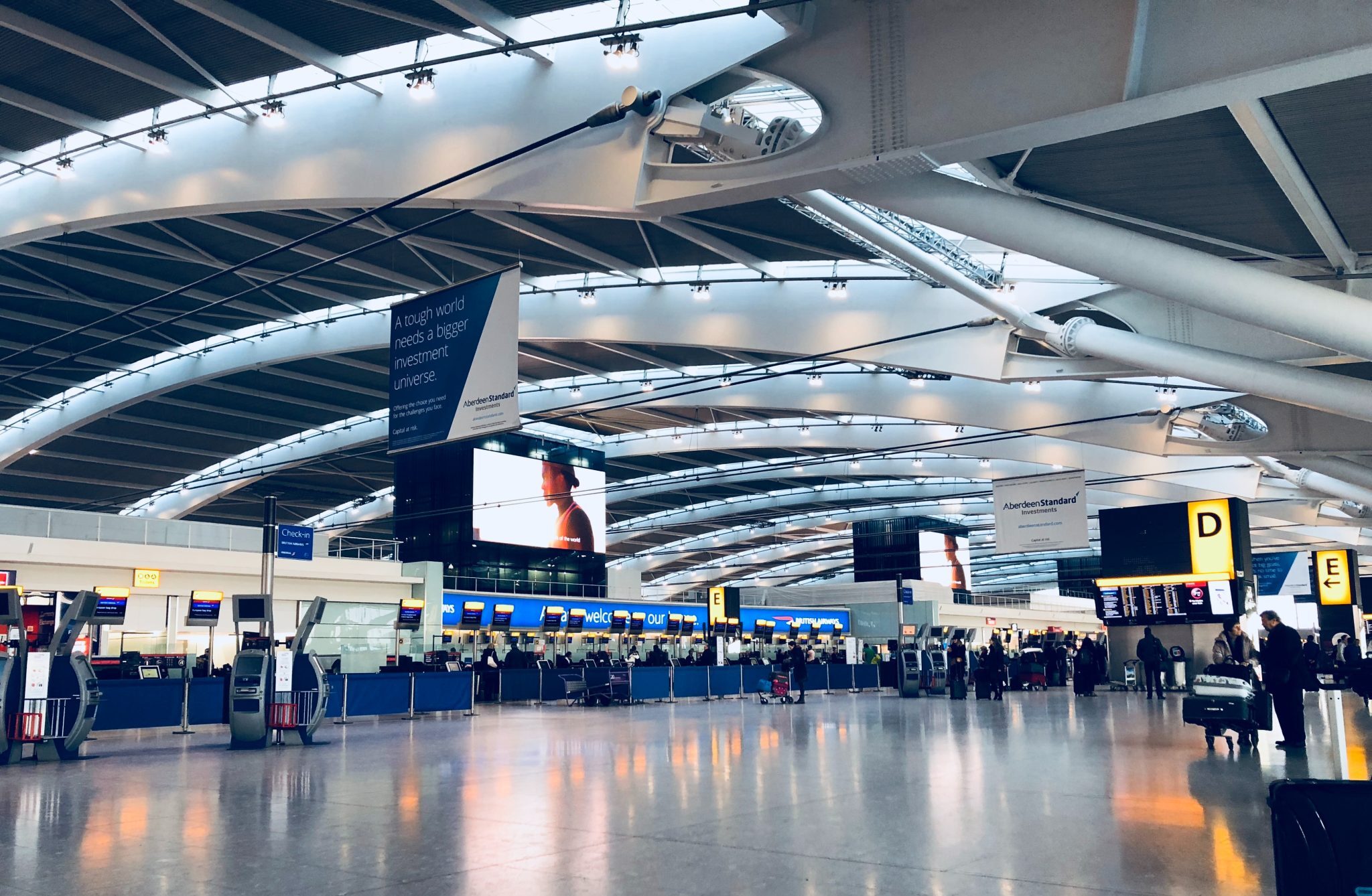Restoration of Westminster Palace, a magnificent example of neo-Gothic architecture, began in 1840 on the site of significant mediaeval remnants. A small historical church in the Gothic style stands alone on the site, along with Westminster Abbey, which has been the finishing place of all kings and queens since the 11th century. The site is important historically and symbolically. Read on for further information that will help you plan your visit to this London landmark.
Table of Contents
ToggleThe site illustrates the interconnected history of the church, the monarchy, and the state. It also symbolises the transition from a feudal civilisation to a contemporary democracy in England. Despite modernisation, the original roles of Westminster Abbey, St. Margaret’s Church, and the Palace of Westminster remain crucial to British politics and society.
The Westminster Palace’s architecture
Over 1100 rooms, 100 stairs, and 4.8 km of tunnels make up the enormous Palace of Westminster complex, which spans eight acres. The Palace, stretching approximately 300 meters from the Victoria Tower in the south to the Clock Tower in the north, houses the state apartments for the presiding officers of the two houses. At the northern end, there is the official home of the Speaker.
Public Victoria Tower grounds park runs along the river south of the structure and is part of the four acres of grounds and verdant lawns that surround the palace.
Westminster Abbey and Palace of Westminster
People often mix up Westminster Abbey and the Palace of Westminster because they are close to each other and have similar names. However, they are two separate London sites, each with its own past and purpose.
The majestic Westminster Abbey
- This is a World Heritage Site and mediaeval church
- For the most part, it’s a house of worship.
- Coronations and weddings are among the royal occasions that I arrange.
- It is the last resting place for many famous people and rulers of the United Kingdom.
The Palace of Westminster
- The House of Commons and House of Lords, the legislative bodies of the United
- Kingdom, are located here.
- It’s also known as the House of Commons.
- The location is central to the British government.
It showcases the renowned Big Ben clock tower.
What can I expect to see during an explanation at Westminster Palace?
1. The Big Ben and the Houses of Parliament
In London and Europe, the Houses of Parliament—the House of Commons and the House of Lords—are famous landmarks. These buildings are known for their Gothic style, which was popular throughout the Victorian period. Though formally known as the Elizabeth Tower, the clock tower’s 13-tonne bell has earned it the nickname Big Ben.
Upon viewing this London landmark from any angle, you’ll be struck by its astonishing vital data. With a diameter of 23 feet, the clockface is about equivalent to a two-story home. The minute hands weigh in at over 224 pounds apiece, and they’re 14 feet long—roughly the length of a London black taxi!
2. Westminster Hall
One of the most venerable chambers of the Houses of Parliament, Westminster Hall, dates back to the eleventh century. The historic trials of notable personalities like Sir Thomas More and Charles I took place in Westminster Hall, a vast hall with a rich history. Standing within, visitors can really grasp the magnitude of this architectural marvel, with its astounding hammer-beam ceiling.
3. The House of Commons and Lords
One of the two chambers of the United Kingdom Parliament, the House of Commons, is where lawmakers meet to discuss and ultimately approve laws. The public can observe the discussions from the public galleries whenever Parliament is in session. As symbols of the House of Commons, the green seats, the Speaker’s chair, and the dispatch boxes are all important.
As the second chamber of parliament, the House of Lords is responsible for vetting and potentially amending bills introduced by the House of Commons. The public galleries of the House of Lords, with a long tradition of respect for formality, welcome viewers to participate in debates and discussions. There is an air of seriousness and tradition emanating from the elaborate hall and its scarlet seats.
4. The Central Lobby
At the very centre of the Houses of Parliament is the Central Lobby, which links the House of Commons with the House of Lords. This enormous circular area is adorned with statues of famous individuals, and it is always bustling with activity. Members of parliament, their peers, and members of the general public all gather here, making it a centre for political debate and engagement.
5. The Hall of St. Stephen
The Houses of Parliament are home to this magnificent museum. Exhibitions include British Parliament artifacts, sculptures, and paintings.
6. The House of Commons debates
From the public gallery, anybody may see the proceedings of the House of Commons. It is important to prepare ahead of time. However, since legislative times often align with school terms, discussions typically take place during student class hours. During the weekdays when Parliament is in session, the public galleries are available to the public. All you have to do is show up; admission is free. Get in line at the Cromwell Green entrance; admission is on a first-come, first-served basis. Prime Minister’s Questions and Ministerial Question Time both need tickets.
See the sculptures of the great and good that line Parliament Square as you leave the Palace of Westminster, or stop at Banqueting House in Whitehall, where Parliament seized over and decapitated Charles I.




